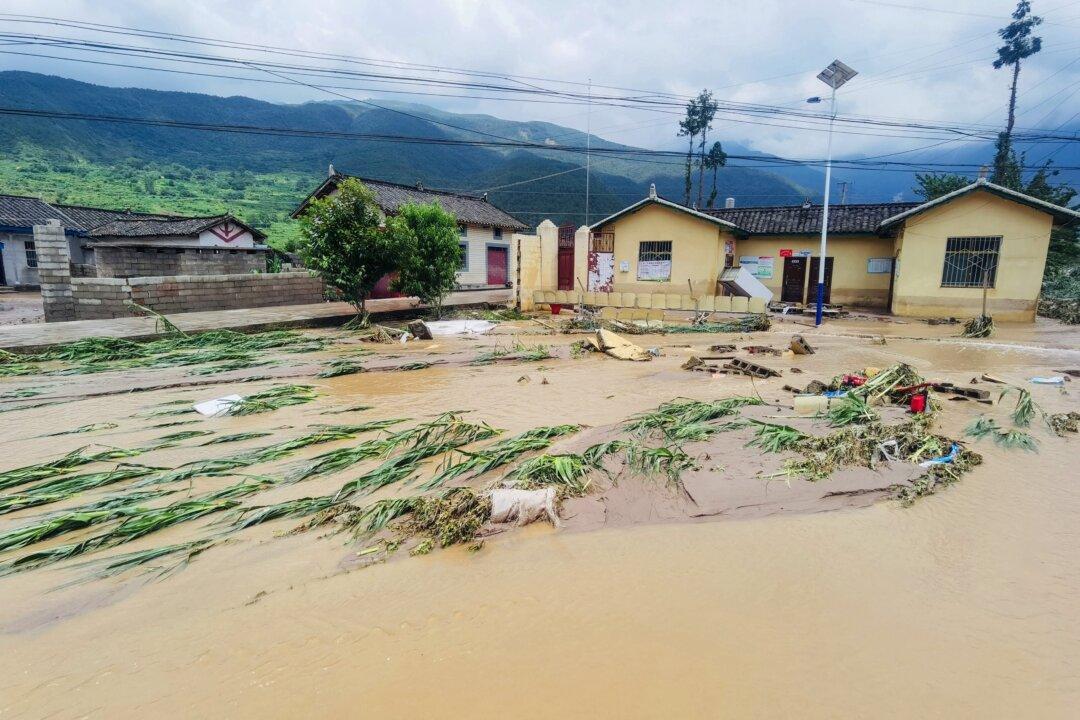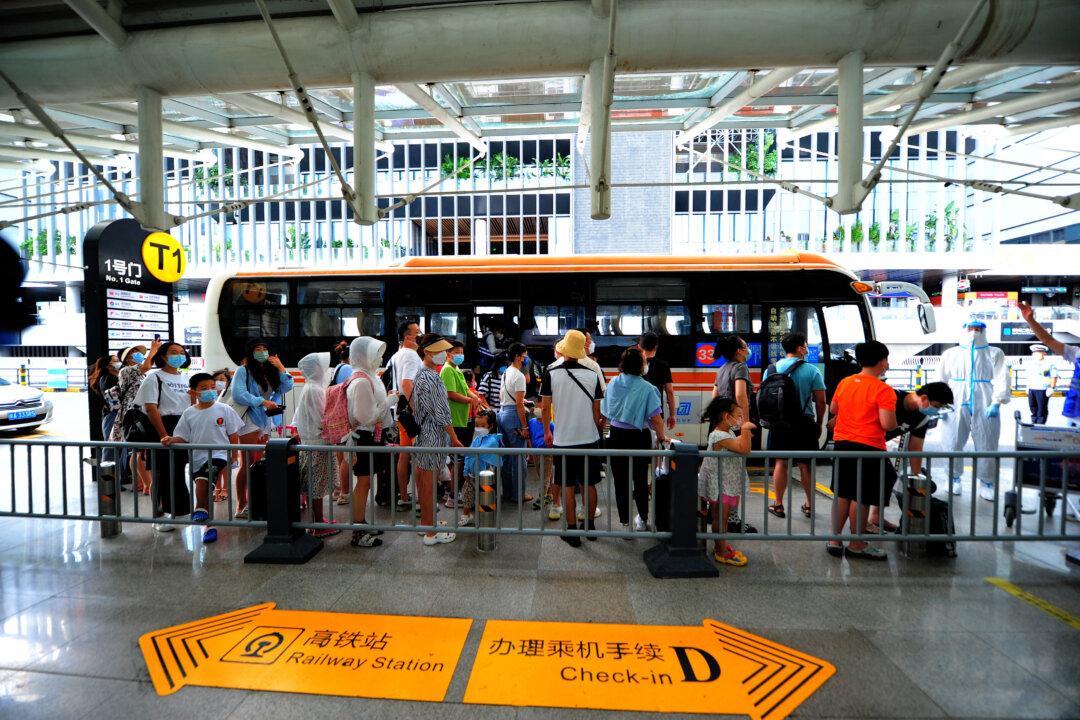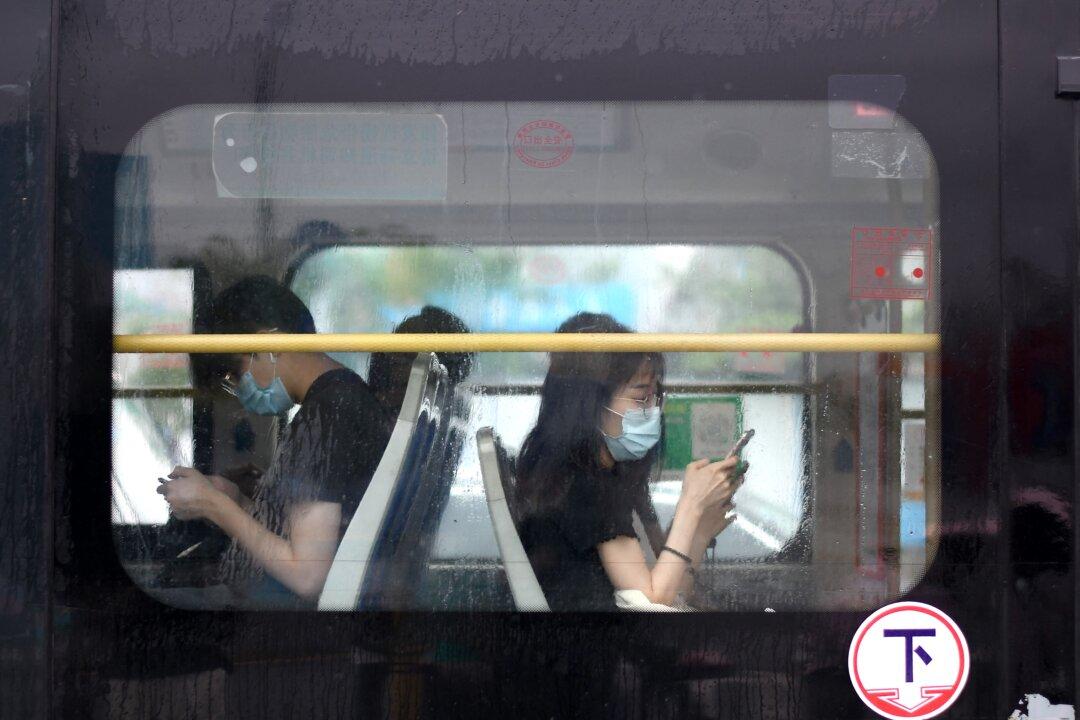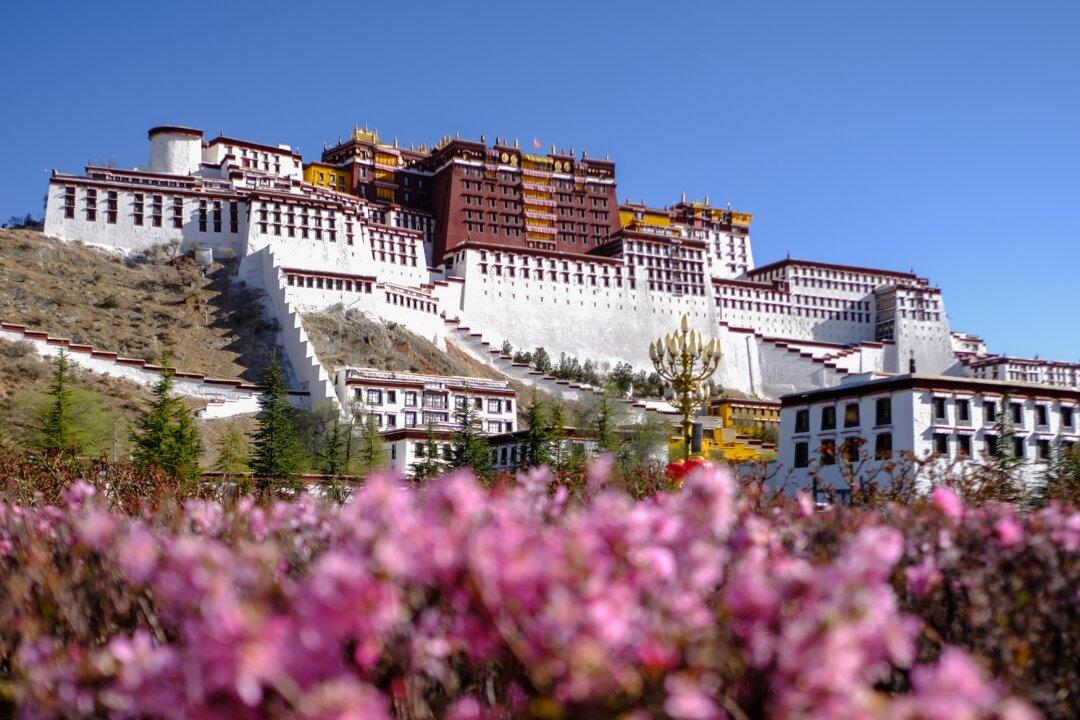Heavy rain continued to fall on dozens of Chinese cities on June 29, leading to severe flooding. But unlike past instances of major disasters, no senior Chinese Communist Party officials have visited the affected regions thus far.
Moreover, the Three Gorges Dam, located in the upper region of the Yangtze river in Hubei Province, and other reservoirs discharged their accumulated water, affecting nearby cities.





